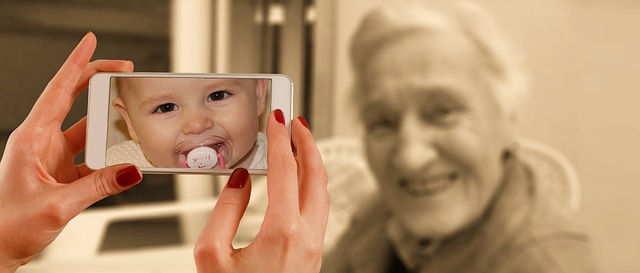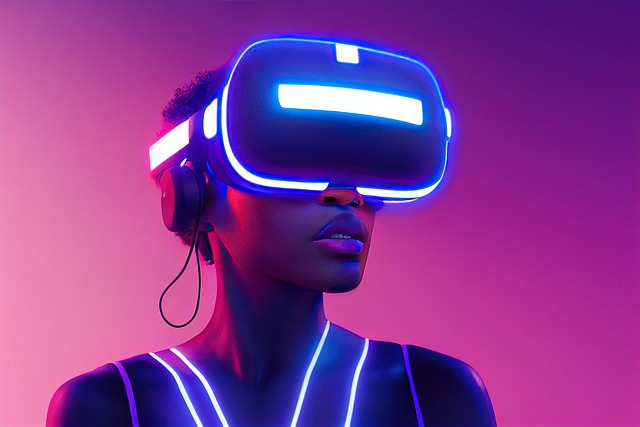Exploring the Reality Illusion: Immersion in Virtual Reality, Augmented Reality, and the Metaverse
Have you ever found yourself so captivated by a digital experience that the boundary between what is real and what is virtual starts to blur? This sensation, often described as the reality illusion, is becoming increasingly common as immersive technologies like Virtual Reality (VR), Augmented Reality (AR), and the Metaverse grow more sophisticated and accessible.
Virtual Reality: Stepping Into a New World
Virtual Reality offers a complete escape from the physical world by placing you inside a fully digital environment. Once you put on a VR headset, you’re not just observing a screen—you’re transported to a new realm where sight, sound, and sometimes even touch merge to create a convincing illusion of presence. Whether you’re exploring ancient ruins, taking part in an intense game, or practicing a skill through simulation, VR tricks your brain into accepting these digital landscapes as real, deepening the feeling of immersion and generating that powerful reality illusion.
Augmented Reality: Enhancing Reality Itself
Unlike VR, Augmented Reality doesn’t replace the world you see; instead, it layers digital elements over your existing environment. Think of AR as a bridge between the tangible and the virtual. Whether it’s through smartphone apps that bring characters to life in your living room or smart glasses displaying directions overlaid on the street, AR integrates seamlessly into daily life. The reality illusion here arises from the clever blending of the digital and physical, making it feel as though the virtual elements truly coexist with the real world around you.
Exploring the Metaverse: The Future of Shared Virtual Spaces
The Metaverse takes the concept of immersion one step further by creating expansive, persistent virtual worlds where people can interact, work, and play together. It’s a shared space powered by VR, AR, and advanced networking technologies. In these interconnected realms, the reality illusion challenges our traditional notions of presence and social connection. Suddenly, your avatar’s interaction with others and the environment carries emotional and psychological weight similar to face-to-face encounters. As we spend more time in these spaces, the lines between physical reality and virtual experience may continue to blur.
Why the Reality Illusion Matters
Immersion through VR, AR, and the Metaverse is much more than technological novelty; it resonates deeply with our innate desire for connection, experience, and storytelling. The reality illusion fosters empathy, learning, and creativity by allowing us to inhabit perspectives and spaces beyond our everyday reach. At the same time, it invites us to reflect on how we define “real” experience in a world where digital and physical realities increasingly overlap.
Whether it’s the thrilling escapism of virtual reality, the seamless integration of augmented reality, or the boundless possibilities of the Metaverse, immersion technology continues to evolve and challenge our perception of what reality truly means. This evolving reality illusion is not just a trick of the senses—it’s an invitation to explore new dimensions of being.



